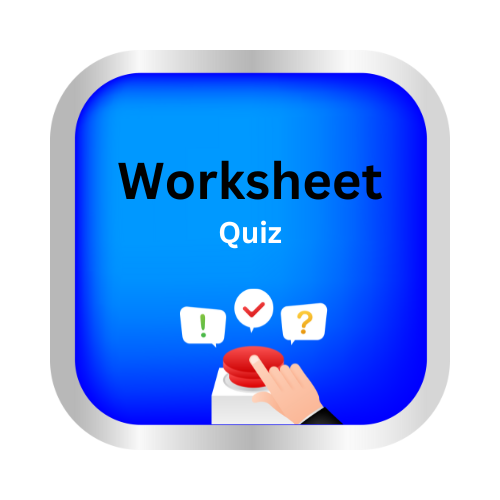Graph triangles and quadrilaterals
Key notes:
1. Understanding Coordinates
- The coordinate plane consists of an x-axis (horizontal) and a y-axis (vertical).
- Each point is represented as an ordered pair (x,y)(x, y)(x,y), where xxx is the horizontal distance from the origin (0,0) and yyy is the vertical distance.
2. Graphing Triangles
- A triangle has three vertices (corners) and three sides.
- To graph a triangle:
- Plot the three vertices on the coordinate plane using their coordinates.
- Connect the vertices with straight lines to form the triangle.
- Types of triangles:
- Equilateral: All sides and angles are equal.
- Isosceles: Two sides are equal, and the angles opposite those sides are equal.
- Scalene: All sides and angles are different.
3. Graphing Quadrilaterals
- A quadrilateral has four vertices and four sides.
- To graph a quadrilateral:
- Plot the four vertices on the coordinate plane.
- Connect the vertices with straight lines to form the quadrilateral.
- Types of quadrilaterals:
- Rectangle: Opposite sides are equal, and all angles are right angles.
- Square: All sides are equal, and all angles are right angles.
- Parallelogram: Opposite sides are equal and parallel.
- Trapezoid: At least one pair of opposite sides is parallel.
Learn with an example
📢 Graph the triangle with vertices (1,8), (3,8) and (0,5).

Graph the point (1,8). Start at (0, 0). Move 1 unit right and 8 units up.
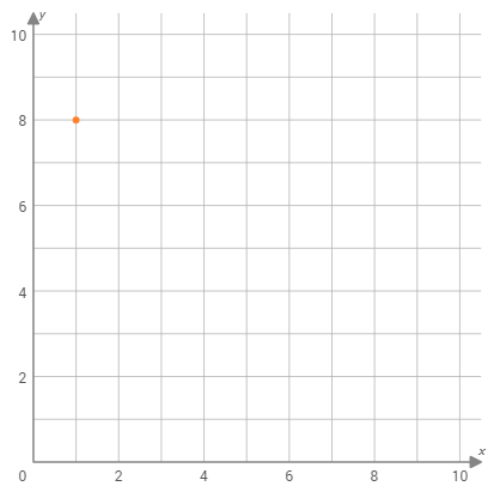
To draw one side of the triangle, graph the point (3,8).
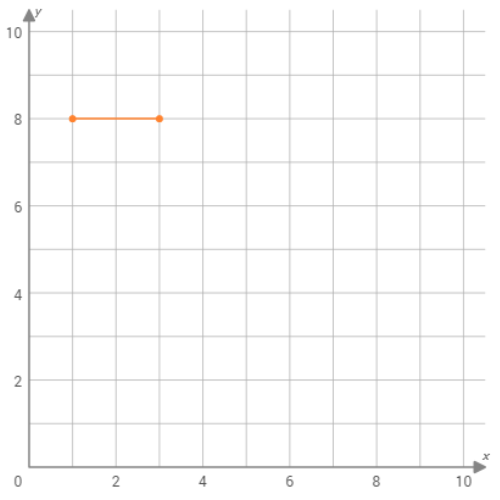
To complete the triangle, graph the point (0,5).
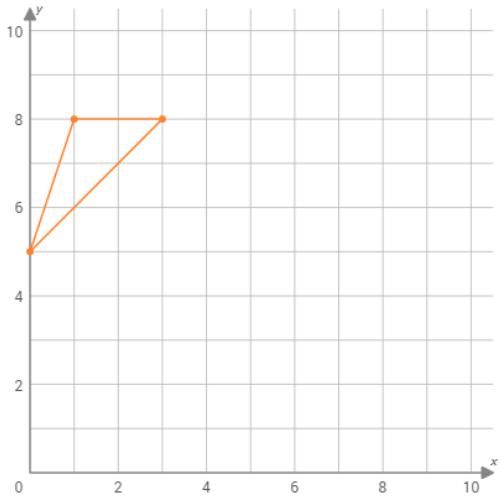
📢 Graph the triangle with vertices (2,9), (4,10) and (6,6).

Graph the point (2,9). Start at (0, 0). Move 2 units right and 9 units up.
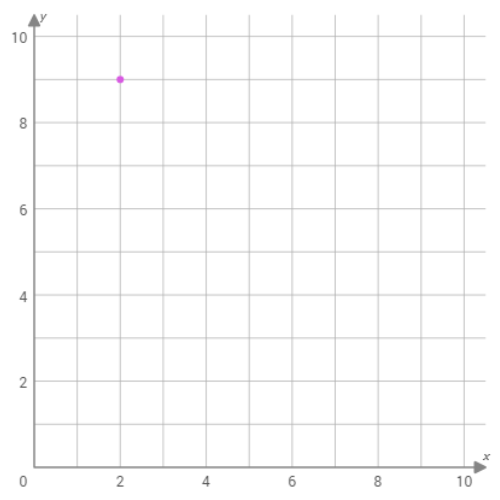
To draw one side of the triangle, graph the point (4,10).
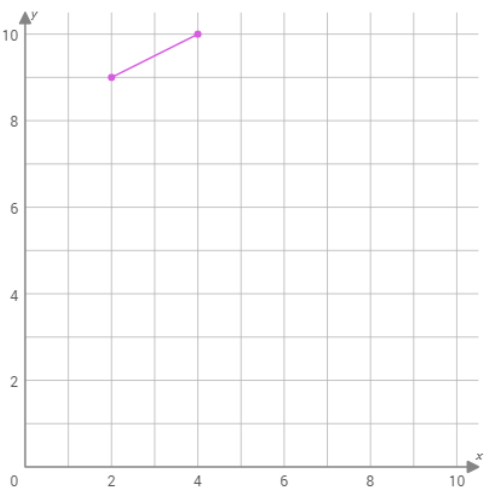
To complete the triangle, graph the point (6,6).
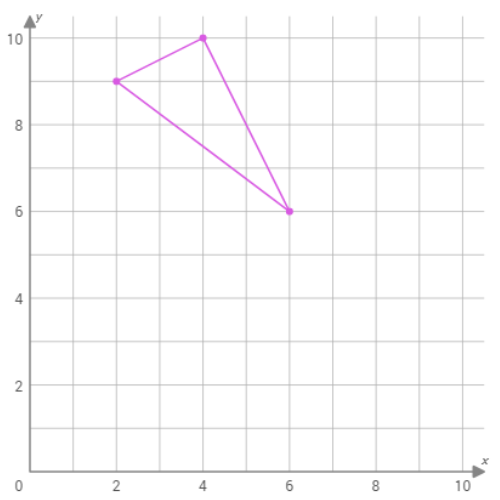
📢 Graph the triangle with vertices (6,6), (4,8) and (0,5).
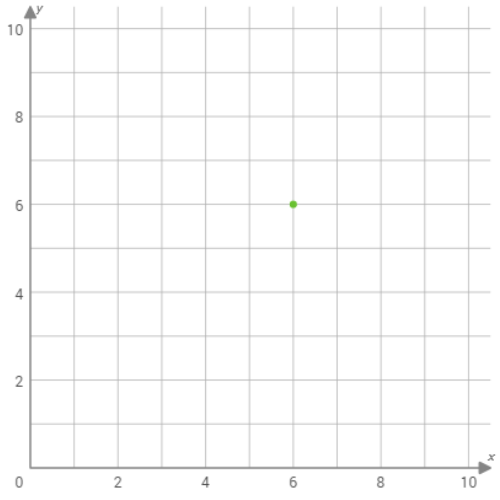
To draw one side of the triangle, graph the point (4,8).
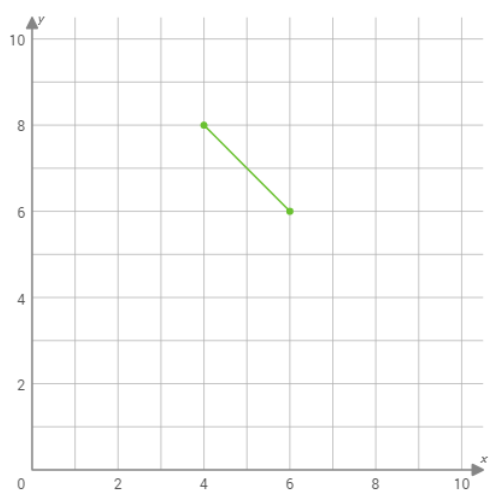
To complete the triangle, graph the point (0,5).
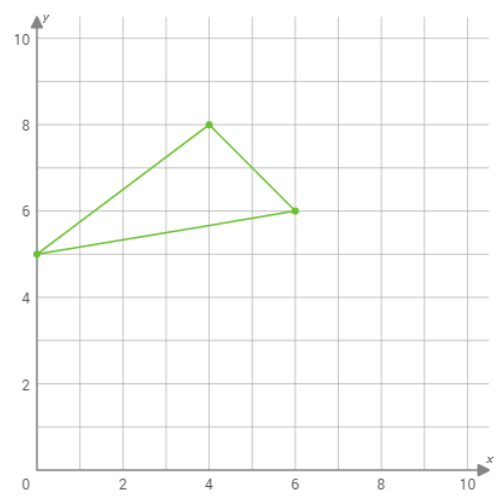
Let’s practice!🖊️

